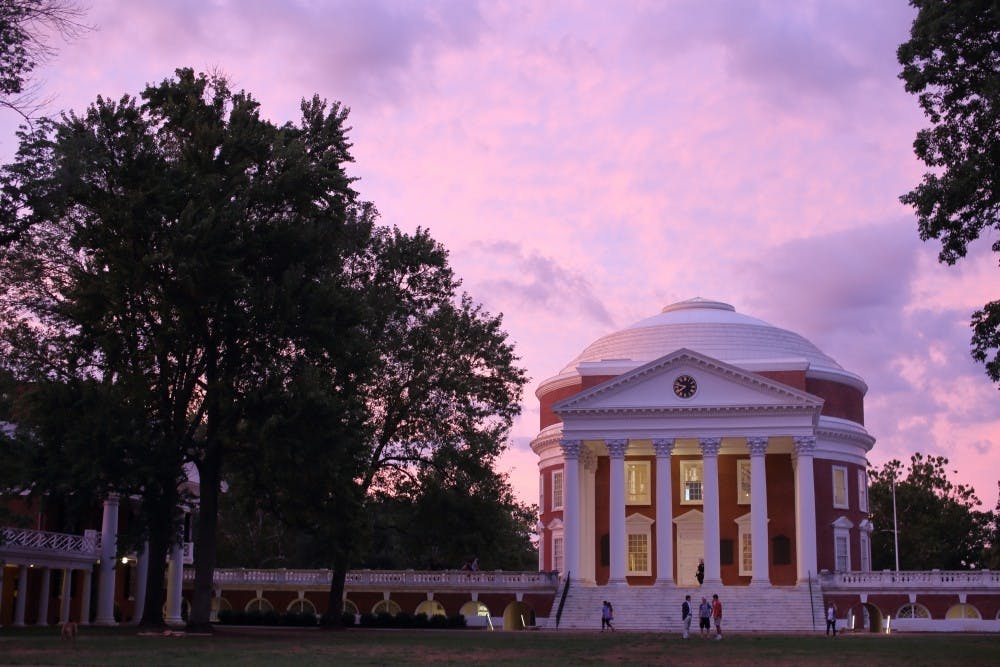The University has undergone many initiatives to reduce sexual assault on Grounds over the past few years, including increasing awareness regarding student reporting options and emphasizing the importance of bystander intervention. Hoos Got Your Back, One Less, Green Dot and One in Four are just a few of the myriad clubs and community organizations that focus on changing student culture surrounding these issues. Currently, the University requires first-year students to complete mandatory modules during their orientation week which explain the University’s policy on sexual assault. While these measures have undoubtedly increased awareness regarding the severity of the issue, it is unclear whether the statistics that the University publicizes accurately reflect the number of sexual assault incidents that occur on Grounds.
The Association of American Universities conducted reports in 2015 and 2017 which analyzed student perceptions of and experiences with sexual assault on Grounds. According to a 2015 survey analyzing specific forms of nonconsensual penetration and sexual touching, “among female undergraduates, 23.8 percent experienced this type of assault since entering University of Virginia and 13.4 percent experienced this type of assault during the current school year.” For undergraduate male students in 2015, those numbers were 4.5 percent and 3.2 percent respectively.
The survey conducted in 2017 concluded that 11.8 percent of female undergraduates and 2.3 percent of male undergraduates “experienced nonconsensual completed or attempted penetration or sexual touching involving physical force or incapacitation since the beginning of the fall 2016 term.” Because the questions asked within these two surveys were slightly different, it is difficult to analyze whether there was any significant change in the number of sexual assault incidents that occurred during this time frame.
Moreover, it is crucial to underline an important distinction between these two surveys. While all University students received an email inviting them to participate in the survey in 2015, only “a sample of 5,000 enrolled students were offered the opportunity to participate in the survey” in 2017. According to the survey, “a systematic sampling method was used after sorting the frame by the following variables: Full-Time Status, Gender, Race/Ethnicity, School, Enrollment Status in Undergraduate/Graduate/Professional Program, Year of Study for Undergraduate Students, and Year in Program for Graduate/Professional Students.” However, the report lacked any detailed explanation as to why the survey limited the pool of students to such a small percentage of the student population.
According to the surveys, the student response rate increased from 26.4 percent in 2015 to 54.5 percent in 2017. On a surface level, the striking increase in the response rate for these two surveys suggests that perhaps students have become more willing to engage in the administration’s effort to analyze sexual assault trends over the past couple of years. Or perhaps the increase was simply a result of the $10 Amazon gift card incentive that students were offered as a way to encourage them to complete the survey. While the results collected by the increased response rate seemingly indicate measurable — albeit meager — progress in the reduction of sexual assault incidents on Grounds, there isn’t sufficient data to assert that claim, especially considering the stark reduction in the number of students being surveyed.
Rather than administer the survey to a select pool of students on a voluntary basis, the administration should make the survey mandatory for all students so that the data that is collected will better reflect the accuracy of sexual assault incidents on Grounds. Because of the sensitive nature of the topic, the report should include a “decline to answer” option for each question relating to sexual assault so that students who do not feel comfortable sharing anonymous information can opt-out of certain questions. The administration’s sexual assault survey should also be conducted on an annual basis so that the administration can better analyze whether the frequently iterated “one in four” statistic is an accurate reflection of the University’s sexual assault culture.
It is also important to analyze whether a reduction in sexual assault reports directly correlates with an actual reduction in the number of incidents that occur on Grounds. Many colleges have recently experienced a significant increase in the number of sexual assault cases reported. Scholars perceive this trend to be a direct result of increased student awareness regarding bystander intervention and reduced stigma against reporting.
While it is clearly important for the University to continue investing in efforts to increase student reporting options and promote bystander intervention, the key issue at stake is that we are unable to analyze whether the administration’s current initiatives are effective at significantly reducing incidents of sexual assault because we don’t have the data that is necessary to support that claim. The only way to ensure that the data surrounding sexual assault that is being collected via student surveys is an accurate reflection of sexual assault incidents on Grounds is to make these surveys mandatory for all students and conduct them on an annual basis.
Audrey Fahlberg is an Opinion Columnist for The Cavalier Daily. She can be reached at opinion@cavalierdaily.com.







